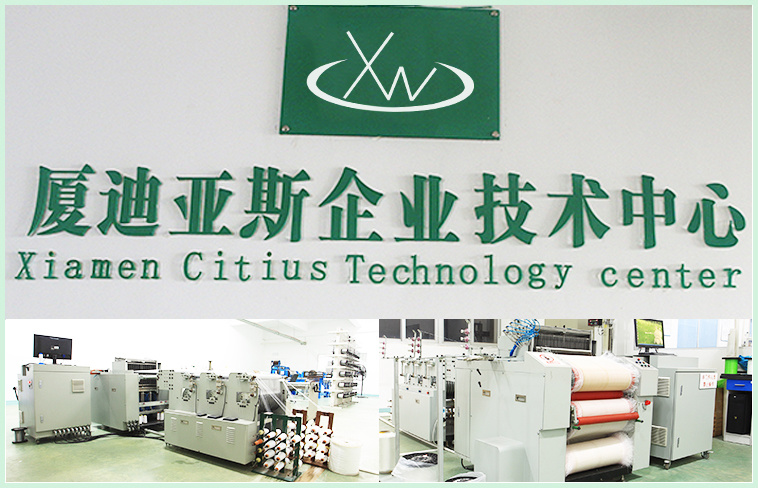-
FILTER FABRICSBelt press filter mesh belt Horizontal belt vacuum filter mesh belt Vertical filter press filter cloth Filter Press Filter Cloth Breathable mesh Technical fabric - drying Technical fabric - high pressure belt Technical fabric - conveyor belt Technical fabric - fiberboard Joint form Edge banding form Accessories (threading)
Search HistoryClear All Records
- All
- Product Management
- News
Comparison of Cross-Flow Filtration Media
Release time:
2022-06-23
Comparison of filtering media
When filtering tap water, using microporous media can achieve a very high flow rate. However, when filtering suspensions, the microporous media quickly becomes clogged, and the flow rate drops from a higher value to below that of the membrane. For example, when filtering a suspension containing 0.9% kaolin, with a pressure of 0.4MPa and a temperature of 25℃, the flow rate was 10625px/s, and the following test results were obtained:
(1) When using microporous media AN450, after filtering for 30 minutes, the flow rate dropped from the initial value of 1400px/h to 1125px/h;
(2) When using microporous media AN1200, after filtering for 60 minutes, the flow rate dropped from the initial value of 1400px/h to 850px/h. Additionally, when backwashing the microporous media at regular intervals, a very high and stable flow rate was achieved.
Concentration
Cross-flow filtration is very suitable for medium concentration suspensions, where the flow rate decreases moderately with increasing concentration.
Geometric conditions of the channel
The geometric conditions of the channel in the plate and frame filter chamber are listed in the table (filter chamber table), and their impact on cross-flow filtration can be seen in Table 1, where filter chambers with smaller channel dimensions have significantly higher flow rates; filter chamber No. 3 is an example.
Table 1 Flow rates of different channels
Filter chamber number | Permeation flow rate/cm • h-1 | ||
Tap water | Milk | Kaolin suspension | |
2 | 23.3 | 5.3 | |
3 | 28.037.535.0 | 11.212.912.9 | 33.6 |
4 | 18.04.0 | 3.223.0 | 15.0 |
Continuous concentration of kaolin suspension using microporous media
The microporous media used in the experiment were AN200 (0.2μm) and N450 (0.45μm), respectively installed in filter chamber No. 4 as shown in the table (filter chamber table). The pump continuously circulated a suspension containing 1% kaolin in the filter chamber, achieving thickening by continuously discharging the filtrate and returning the concentrate to the feed tank.
Previous article:

Add
No. 16-22 Chunfeng East Road, Xiang'an Torch High tech Zone, Xiamen City, Fujian Province, ChinaAll Rights Reserved. | Privacy Policy |

Tel/ WhatsApp

Anhui Kemi Instrument Co.,LTD
Cookie
Our website uses cookies and similar technologies to personalize the advertising shown to you and to help you get the best experience on our website. For more information, see our Privacy & Cookie Policy
Cookie
Our website uses cookies and similar technologies to personalize the advertising shown to you and to help you get the best experience on our website. For more information, see our Privacy & Cookie Policy
These cookies are necessary for basic functions such as payment. Standard cookies cannot be turned off and do not store any of your information.
These cookies collect information, such as how many people are using our site or which pages are popular, to help us improve the customer experience. Turning these cookies off will mean we can't collect information to improve your experience.
These cookies enable the website to provide enhanced functionality and personalization. They may be set by us or by third-party providers whose services we have added to our pages. If you do not allow these cookies, some or all of these services may not function properly.
These cookies help us understand what you are interested in so that we can show you relevant advertising on other websites. Turning these cookies off will mean we are unable to show you any personalized advertising.
